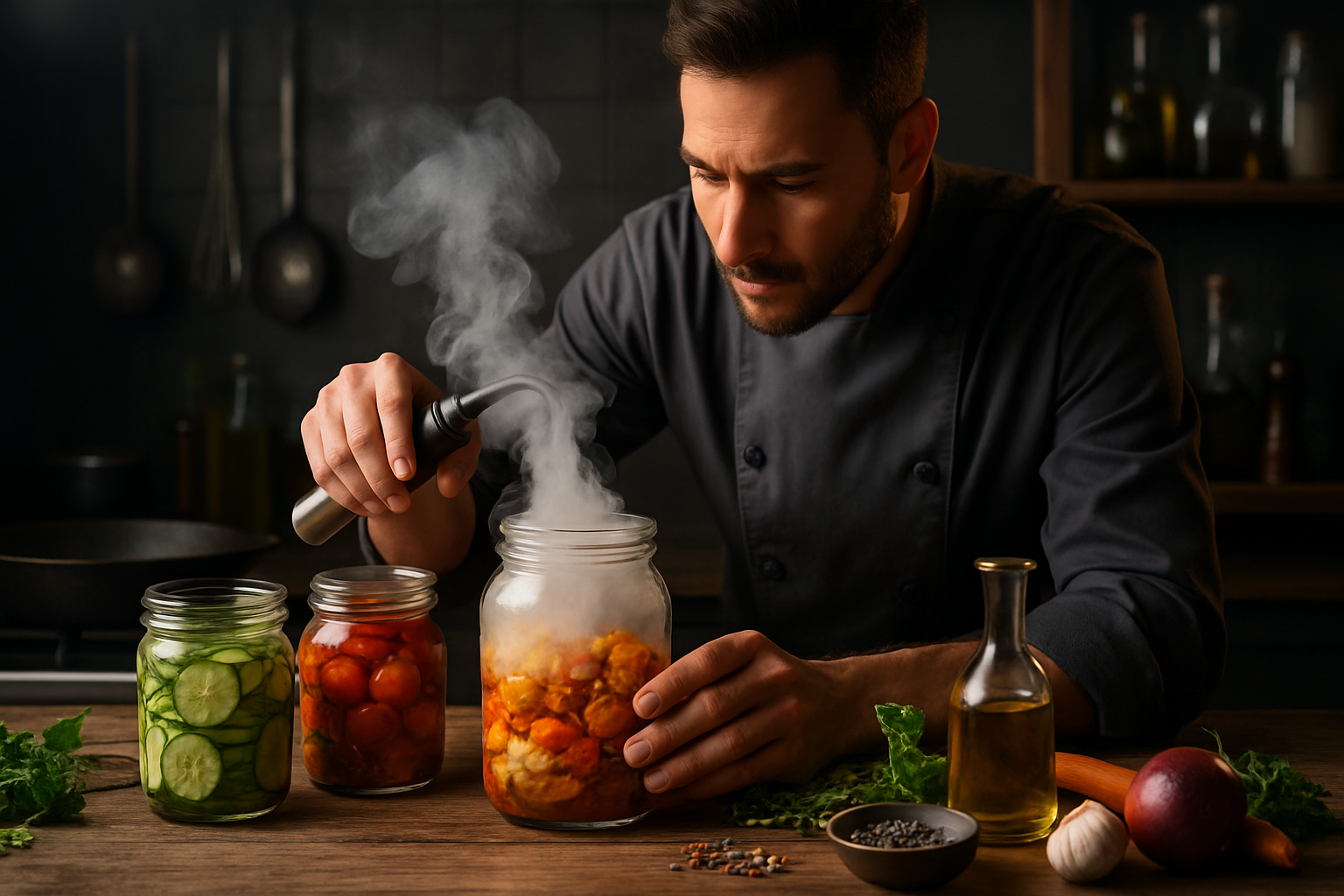Seasonal Ingredient Planning for Year-Round Menus
Planning menus that flow with the seasons helps kitchens maintain freshness, control costs, and support sustainability while delivering consistent culinary experiences. This approach considers availability of ingredients, smart sourcing choices, preservation and fermentation techniques, beverage pairings, and nutrition to build balanced menus that work year-round.

Seasonality and sourcing
Seasonality dictates what produce, seafood, and meats are most abundant and affordable at any given time. Mapping a yearly calendar of peak harvests helps chefs plan menus around readily available ingredients, reducing reliance on out-of-season imports. Good sourcing includes relationships with local services such as farms, markets, and distributors in your area to secure consistent quality. Seasonal planning also minimizes supply chain surprises by identifying alternative ingredients for times when primary items are scarce.
Culinary use of ingredients
Understanding the culinary properties of ingredients lets a menu adapt while keeping coherent flavors and textures. When a fruit or vegetable is out of season, chefs can substitute with similar-textured produce or change the cooking method to highlight different characteristics. Cross-utilization across dishes — using roasted root vegetables in mains and as garnishes in salads, for example — reduces waste and simplifies inventory. Standardized prep sheets and tasting notes maintain consistency as the roster of ingredients changes through the year.
Pairing and tasting strategies
Pairing is central to menu harmony, whether matching main courses with beverages or balancing textures and flavors within a plate. Regular tasting sessions help kitchen and front-of-house teams understand how seasonal shifts affect acidity, sweetness, and aroma. Tasting can reveal how a late-summer tomato complements lighter wines or how winter citrus lifts braised dishes. Structured pairing guides allow servers to recommend beverages and side dishes that accentuate seasonal ingredients without resorting to fixed, inflexible menus.
Preservation and fermentation techniques
Preservation extends the usefulness of seasonal bounty and smooths supply across months. Techniques such as freezing, canning, pickling, and controlled fermentation capture peak flavors and create new culinary elements for menus. Fermentation, in particular, adds depth and acidity to dishes and can transform surplus produce into long-lasting components like kimchi, kraut, or cultured condiments. Thoughtful preservation reduces waste and enables creative reuse, turning seasonal gluts into year-round menu assets.
Beverages and menu integration
Beverages should reflect seasonal ingredients as much as mains and sides do. A rotating beverage list that includes seasonal syrups, infusions, and small-batch ferments complements the culinary direction of a menu. Non-alcoholic options that echo menu flavors — such as shrub-based sodas or herb-infused teas — support diners seeking lower-alcohol choices. Coordinating beverages with ingredient cycles enriches tasting experiences and reinforces the menu’s seasonal narrative.
Nutrition and sustainability considerations
Seasonal planning often aligns with nutritional benefits: produce harvested at peak ripeness tends to retain more vitamins and flavor. Sustainability is another advantage when sourcing locally and choosing seasonal produce, as it typically reduces transportation emissions and supports regenerative farming practices. Menu designers should balance nutritional profiles across offerings and consider the environmental impacts of long-supply-chain ingredients, prioritizing items that fit both health and sustainability goals.
Conclusion
Year-round menu planning built around seasonal ingredients combines practical sourcing, culinary creativity, and thoughtful preservation to offer consistent dining experiences. Regular tasting, clear pairing guidelines, and strategies for fermentation and preservation help kitchens adapt without compromising quality. By aligning nutrition and sustainability goals with sourcing and menu design, restaurants and food programs can present dishes that feel timely, resilient, and well considered throughout the year.





